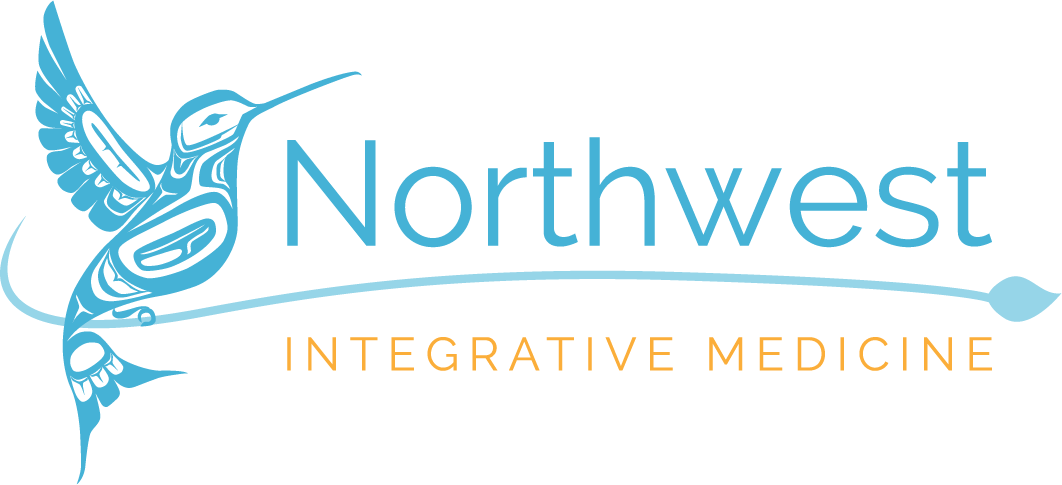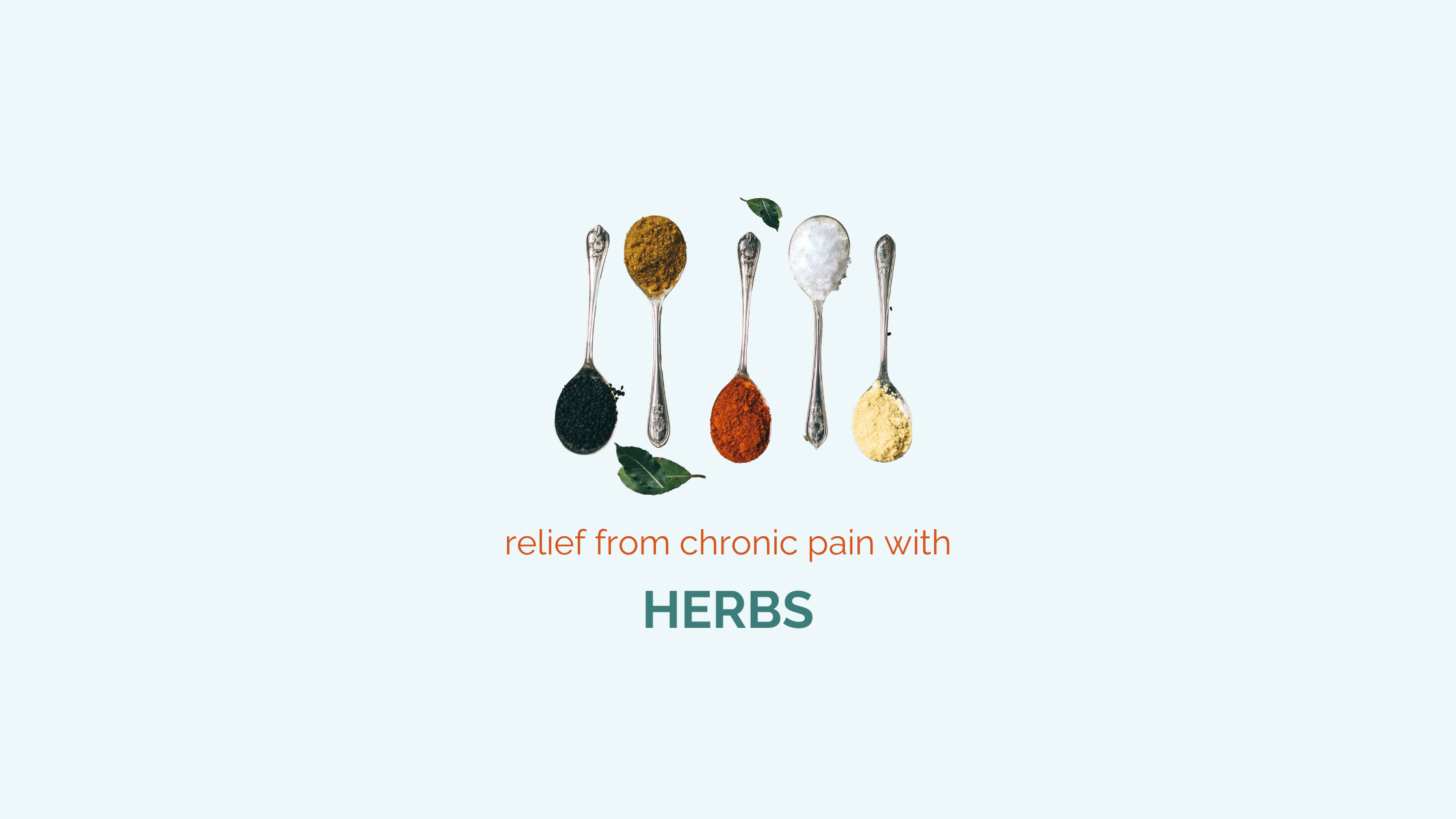Chronic pain impacts millions of people around the world, making daily life challenging and diminishing quality of life. While conventional medicine frequently turns to pharmaceuticals and invasive procedures, many individuals are exploring alternative, holistic approaches to effectively and naturally manage their pain. You might be surprised to learn just how successful some of these holistic methods have proven to be in clinical settings. These approaches prioritize non-invasive, integrative treatments that focus on addressing the root cause of pain while promoting overall well-being.
Understanding Chronic Pain
Pain is typically considered chronic if it persists for more than three months beyond the usual recovery period for an injury or illness. It can result from a whole bunch of conditions, including arthritis, fibromyalgia, neuropathy, and migraines, and often leads to spiritual and emotional distress. Traditional treatments like pain medications, injections, and surgeries can provide physical relief but also come with potential side effects and risks of dependency.
Holistic approaches aim to treat the whole person—body, mind, and spirit—rather than just the physical symptoms. These methods often involve a combination of therapies, lifestyle changes, and natural remedies to alleviate pain and improve overall health.
Herbal Medicine: Nature’s Pharmacy
Various herbs possess anti-inflammatory, analgesic, and muscle-relaxing properties that can alleviate pain and discomfort. For instance, turmeric, a popular spice in Ayurvedic medicine, contains curcumin, which has powerful anti-inflammatory and antioxidant effects. In fact, a 2016 study published in the Journal of Medicinal Food demonstrated that curcumin was as effective as ibuprofen in managing knee osteoarthritis pain.1
If you’ve never heard of devil’s claw, it can reduce pain and improve mobility in osteoarthritis. White willow bark is often referred to as “nature’s aspirin” due to its salicin content. It’s such an effective blood thinner that it has the same contraindications as aspirin for pregnant people or those with bleeding disorders.
Boswellia, also known as Indian frankincense, has been used for millennia in Ayurvedic medicine. It contains boswellic acids, which have strong anti-inflammatory properties. Research indicates that boswellia can reduce pain and improve function in people with arthritis, making it a valuable addition to holistic pain management protocols.
Valerian root is well-known for its sedative effects and is often used to treat insomnia and anxiety. However, it also has muscle-relaxing properties that can help alleviate tension and pain, especially when related to stress and anxiety. Valerian can be particularly useful for conditions like fibromyalgia and muscle spasms.
St. John’s Wort is typically known for its antidepressant effects, but it also has analgesic properties. It’s especially useful for neuropathic pain, which can be challenging to treat with conventional methods. St. John’s Wort can help alleviate nerve pain and improve mood, making it a beneficial herb for holistic pain management.
Passionflower is another herb with significant benefits for nerve pain. It has been traditionally used to treat anxiety and insomnia, but it also possesses analgesic and antispasmodic properties. Passionflower can help relieve nerve pain, particularly when related to stress and muscle tension.
California poppy is known for its sedative and pain-relieving effects. It can be particularly effective for neuropathic pain and conditions like sciatica. California poppy helps to soothe nerves and provide relief from chronic pain without the addictive potential of opiates.
Combining turmeric with Coenzyme Q10 (CoQ10) can enhance migraine relief and overall health. CoQ10 is a powerful antioxidant that supports cellular energy production and reduces inflammation. When used together, turmeric and CoQ10 can provide synergistic benefits, improving joint health, reducing oxidative stress, and enhancing overall vitality.
Glutamine, an amino acid found naturally in the body, is essential for gut health and immune function. It can help repair the intestinal lining, reducing inflammation and pain associated with conditions like irritable bowel syndrome (IBS) and leaky gut syndrome. Glutamine supplements can support overall health and aid in the management of chronic pain by promoting a healthy gut environment.
There’s such an incredible wealth of herbal remedies, we truly hope you’ll dig into them more. If you’d like some help, consider speaking with a provider at Northwest Integrative Medicine today.
Our New Patient Fasttrack is getting rave reviews for its simplicity from our new patients.
Physical Therapy: Restoring Movement and Function
Physical therapy can play a crucial role in managing chronic pain by improving mobility, strengthening muscles, and enhancing overall physical function. I don’t think we can emphasize the seismic shift toward improved quality of life that good physical therapy can cause. A tailored physical therapy program addresses specific pain points, corrects imbalances, and prevents further injury. Techniques such as manual therapy, stretching, and strengthening exercises are commonly used to alleviate pain and restore function.
A meta study in Journal of Pain Research found a huge improvement in lower back pain from physical therapy. Members of the studies improved their pain scores by almost 15% across the board when guided by a healthcare professional.2
Mind-Body Techniques: Harnessing the Power of the Mind
Chronic pain often has a significant psychological component, with stress, anxiety, and depression exacerbating the perception of pain. Mind-body techniques like mindfulness meditation, yoga, and biofeedback can help patients manage pain by promoting relaxation, reducing stress, and enhancing emotional resilience.
Mindfulness meditation involves focusing on the present moment and accepting it without judgment. Studies have shown that mindfulness can reduce pain intensity and improve coping mechanisms. A study published in the Journal of the American Medical Association found that mindfulness-based stress reduction (MBSR) was effective in reducing chronic low back pain and improving functional limitations.3
Lifestyle Modifications: The Foundation of Holistic Pain Management
Adopting a healthy lifestyle is fundamental to managing chronic pain holistically. This includes a balanced diet rich in anti-inflammatory foods, regular physical activity, adequate sleep, and stress management. Foods such as leafy greens, berries, fatty fish, and nuts are known for their anti-inflammatory properties and can help reduce pain and inflammation.
Integrating Holistic Approaches: A Personalized Plan
Holistic pain management is highly individualized, as each person’s experience of pain is unique. A comprehensive approach often involves a combination of therapies tailored to the patient’s specific needs and preferences. Working with a naturopathic physician or an integrative healthcare provider can help patients develop a personalized pain management plan that addresses the root cause of their pain and promotes overall well-being.
Chronic pain can be debilitating, but holistic approaches offer a promising path to relief. By integrating herbal medicine, physical therapy, mind-body techniques, and lifestyle modifications, patients can achieve significant improvements in their pain and quality of life.
Our providers at Northwest Integrative Medicine are excited to help you. Consider signing up as a new patient via our New Patient Fast Track.

Become a new patient today using our New Patient Fast Track

References
- Daily, J. W., Yang, M., & Park, S. (2016). Efficacy of Turmeric Extracts and Curcumin for Alleviating the Symptoms of Joint Arthritis: A Systematic Review and Meta-Analysis of Randomized Clinical Trials. Journal of Medicinal Food, 19(8), 717–729. DOI: 10.1089/jmf.2016.3705
- Hayden, J. A., Van Tulder, M. W., Malmivaara, A., & Koes, B. W. (2005). Exercise therapy for treatment of non-specific low back pain. Cochrane Database of Systematic Reviews, (3). DOI: 10.1002/14651858.CD000335.pub2
- Cherkin, D. C., Sherman, K. J., Balderson, B. H., Cook, A. J., Anderson, M. L., Hawkes, R. J., … & Turner, J. A. (2016). Effect of Mindfulness-Based Stress Reduction vs Cognitive Behavioral Therapy or Usual Care on Back Pain and Functional Limitations in Adults With Chronic Low Back Pain: A Randomized Clinical Trial. Journal of the American Medical Association, 315(12), 1240–1249. DOI: 10.1001/jama.2016.2323

